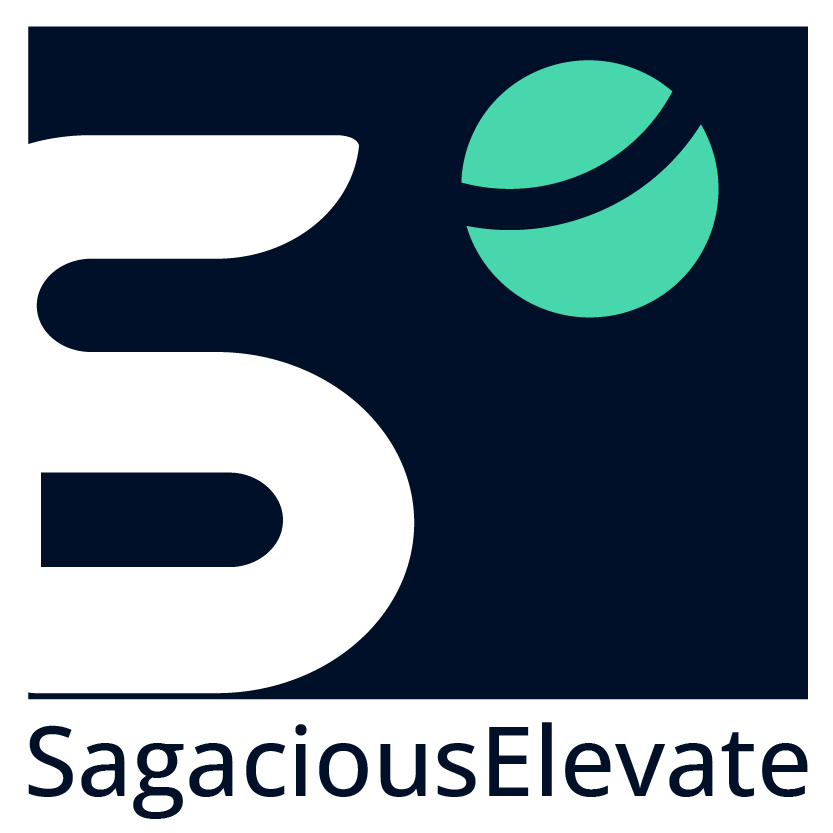Patent Licensing and Monetization
If you have a sizable patent portfolio, it is time you monetize it and open new streams of revenue generation for your business. Sagacious IP’s Patent Licensing and Monetization service offers end-to-end solutions, from ranking your patent portfolio to identifying potential licenses, that enable you to transform your IP into a revenue generation unit.
Flexible plans that will put you on the road to IP monetization
Learn how much your existing IP is worth with Sagacious IP’s Patent Valuation Services
What makes us different?
- People from diverse IP backgrounds sitting under one roof to build radical licensing strategies
- Consultative approach to solve IP challenges
- Emphasis on client’s objective
- End-to-end support for patent licensing and sales
- Considering technology landscapes while reviewing patents
- Cost-effective & high-quality solutions
- Short TATs
Rank Your Patent Portfolio With Our Award-Winning F3 Analysis Service
Impact Stories
When none of the other firms were willing to pick up the work for an individual inventor, Sagacious did.
We discovered that the patent was worth a lot and helped the inventor in end-to-end licensing of the patent. An Australian inventor held a U.S. patent and had been knocking on the doors of every patent assertion company with a belief that his patent was really relevant in today’s market. Indeed, the patent had a really good priority, had broad but strong claims, and mapped onto every implementation of big data products there is today.
When a fortune 500 telecom company wanted to grow its portfolio, they Chose Sagacious.
Sagacious first found out open patents in the portfolio and then screened those to identify the ones that were important in today’s market. Thereafter, we suggested changes in the claims to incorporate recent developments in the products in the market.
When one of the biggest companies in e-commerce and cloud services needed to expand its portfolio, they Chose Sagacious
After being a target of litigation a number of times through the last decade, this cloud giant decided to drastically increase its patent portfolio. Sagacious has been helping them to build one of the most competitive portfolios in this market, by using its technical competence to screen patents for acquisition.
When one of the biggest patent aggregators wanted a comprehensive view of their portfolio, they Chose Sagacious.
Probably, one of the most important activities in patent strategy and assertion is portfolio categorization. We helped the company to make a comprehensive taxonomy, helping them categorize patents based on Market segments as well as based on core technology. Now, they have employed Sagacious for tailoring services over specific segments of patents.
FAQs
Patent monetization is defined as the generation of revenue by an entity or an individual via the sale or licensing of their patents.
Patent licensing refers to the process of granting exclusive or non-exclusive patent rights to an entity or an individual (licensee). In this mutual agreement, the patent owner (licensor) retains patent rights but licenses some rights to the other party in return for some pre-decided royalty payments.
A company or an individual seeking a patent license must first decide on the patent they want to in-license. Thereafter, they must approach the rightful patent owner to make a deal and obtain a patent license.
Patent licensing is beneficial for both parties involved in a licensing deal. The licensor can generate revenue via royalty payments while the licensee obtains legal rights to use the patent(s).
Our Patent Licensing and Monetization Services
Successfully monetize your IP portfolio and strike profitable licensing deals

